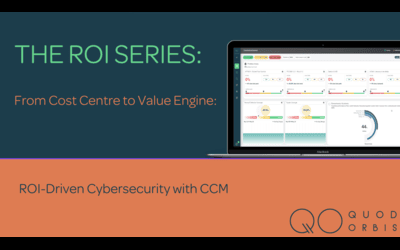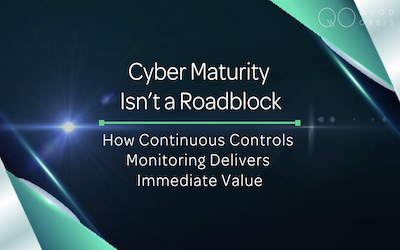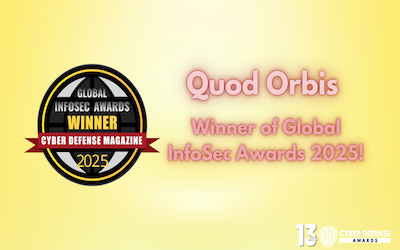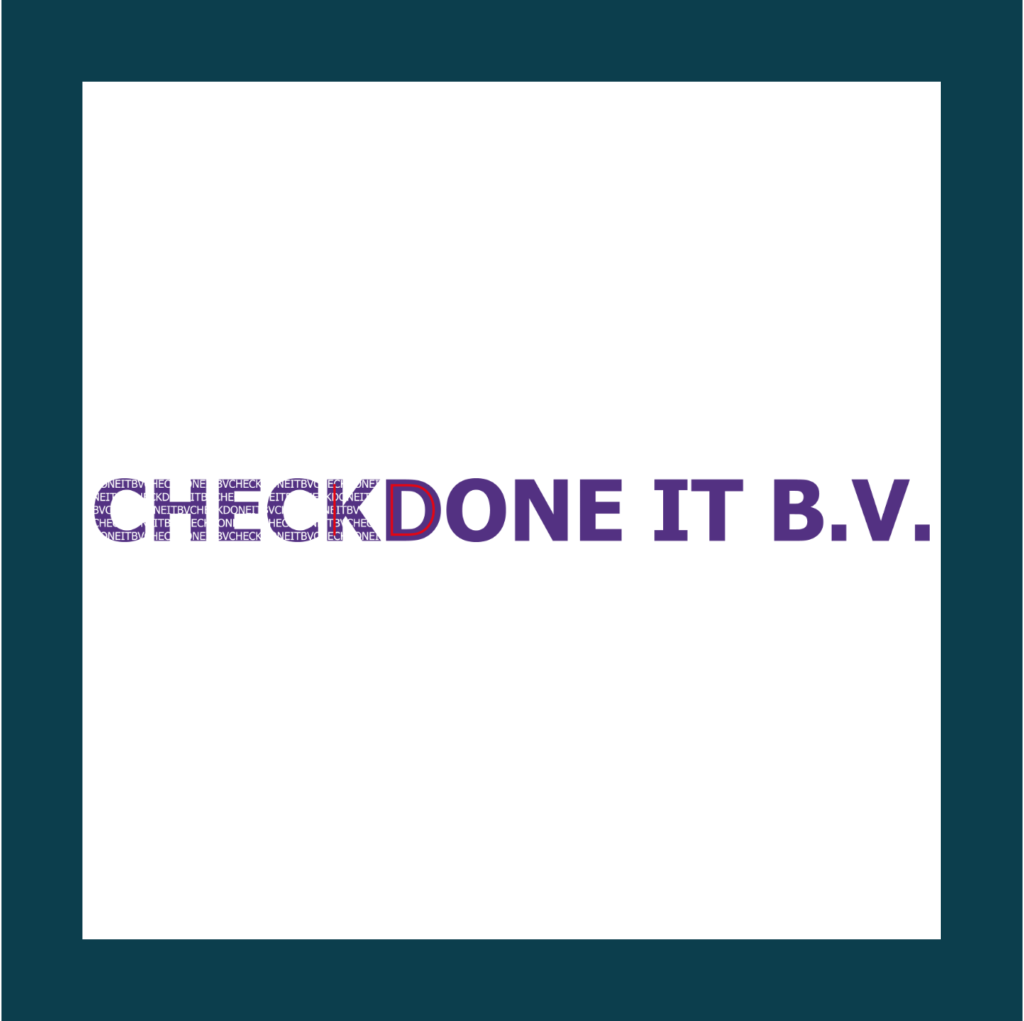Access the full 5 Myths Ebook here.
Organisations are expected to have spent approximately $213 billion globally on cyber security software in 2024, with overall annual spending on products and services projected to reach $459 billion by 2025. These investments reflect the increasing sophistication of cyber threats and the critical need for robust security measures.
Despite this, many Boards remain hesitant to allocate bigger budgets to digital security. Reasons include financial pressures like inflation and recession fears, as well as uncertainty about the tangible returns on these investments. Some leaders also believe their existing tools are sufficient or struggle with prioritising cyber security amidst competing business needs.
Organisations often focus more on prevention
rather than resilience, underestimating the
inevitability of breaches and the importance of
mitigating their impact.
So, there are an array of challenges when deliberating over new tech implementations, like Continuous Controls Monitoring. Leaders question the necessity behind investing in new technology to fill security gaps, and the myth that CCM is expensive and takes too long to implement has now become a reoccurring theme in the board room.
1. Origins of the Myth
The belief that Continuous Controls Monitoring is costly stems from outdated perceptions of traditional security and compliance processes. Historically, audits and control assessments have been manual, time-intensive, and resource-heavy, making it easy to assume that implementing CCM would require a similar investment. Many leaders also fear that customisation and integration demand significant upfront costs and specialised personnel, making the transition seem daunting. Adding to this, some organisations adopt the “if it ain’t broke, don’t fix it” mentality. Because they believe their current security measures are adequate, they resist automation, failing to account for long-term savings and improved risk management.
2. Breaking Down the Reality – CCM Is Cost-Effective & Scalable
Modern CCM solutions eliminate these cost concerns by providing:
- Flexible, scalable pricing – Organisations can focus on what they need, avoiding large upfront costs.
- Automation that cuts costs – By replacing manual audits, CCM reduces labor expenses, eliminates redundancies, and minimises compliance-related penalties.
- Seamless integration – Pre-built API connectors allow CCM to fit within existing security infrastructures, reducing time and expense.
CCM platforms leverage automation and
APIs to integrate quickly with existing
systems with key vendors offering tailored
platforms so that each customer can
leverage the platform for their unique
requirements.
3. Real-World Benefits of CCM
Implementing Continuous Controls Monitoring delivers value, fast:
- Quicker detection of control failures.
- Reduced cost of periodic audits and greater proactivity rather than reactivity.
- Enhanced resilience, reducing financial impact of breaches.
Our client, a global leader in aircraft
manufacturing for 79+ years, has
achieved this ROI:
2-3X more visibility (stood by the 75%)
50% more vulnerabilities discovered
1,000 more devices unearthed
The Cost of Doing Nothing: The Hidden Risks of Avoiding Continuous Controls Monitoring (CCM)
While adopting CCM might seem like a significant investment, the cost of inaction often far outweighs the price of implementation. Below, we delve into the hidden costs of not integrating CCM into your cybersecurity and operational strategy:
1. Higher Cyber Risks
Without CCM, blind spots in controls leave organisations vulnerable to attacks.
IBM reports the average cost of a data breach reached $4.45M in 2023, with delayed detection driving up losses.
2. Regulatory Non-Compliance Fines
Manual processes increase the risk of compliance failures and penalties.
GDPR fines for organisations like British Airways and Marriott have surpassed $900M, often due to poor visibility of controls.
3. Operational Inefficiencies
Manual monitoring is slow, error-prone, and resource-intensive.
Ponemon Institute shows breach detection via manual processes can take 200+ days, leading to prolonged downtime and escalating recovery costs.
CCM: A Strategic Investment CCM isn’t just a tool—it’s a critical strategy for real-time risk mitigation, regulatory compliance, and operational efficiency. The cost of doing nothing isn’t just financial; it’s a risk to your organisation’s survival in an increasingly demanding digital world.
To find out more about Continuous Controls Monitoring, click here.




















